Hi there, pet lovers! 🐍
Rattlesnakes are among the most iconic and fascinating reptiles in the world. Known for their distinctive rattle and venomous bite, these snakes evoke both awe and fear. While they are not your typical household pet, rattlesnakes have a dedicated following among experienced reptile enthusiasts. In this detailed review, we’ll explore everything you need to know about rattlesnakes, from their behavior and care requirements to their legal considerations and potential risks. Whether you’re a seasoned herpetologist or simply curious about these incredible creatures, this guide will provide you with a comprehensive understanding of what it takes to care for a rattlesnake.
Overview
Rattlesnakes are venomous pit vipers native to the Americas. They are known for their heat-sensing pits, foldable fangs, and, of course, their iconic rattles. These snakes are not for beginners and require a high level of expertise and responsibility. Here’s a quick summary of what makes them unique:
- Handling and Temperament: Extremely challenging to handle; not recommended for casual interaction.
- Care and Maintenance: Requires a secure, well-maintained enclosure with specific temperature and humidity levels.
- Health and Durability: Hardy and long-lived but sensitive to improper care.
- Availability: Regulated and restricted in many areas; requires permits and expertise to own.
- Cost: Moderate initial costs but high potential expenses for medical emergencies.
- Overall: A high-risk, high-reward pet for experienced reptile keepers only.
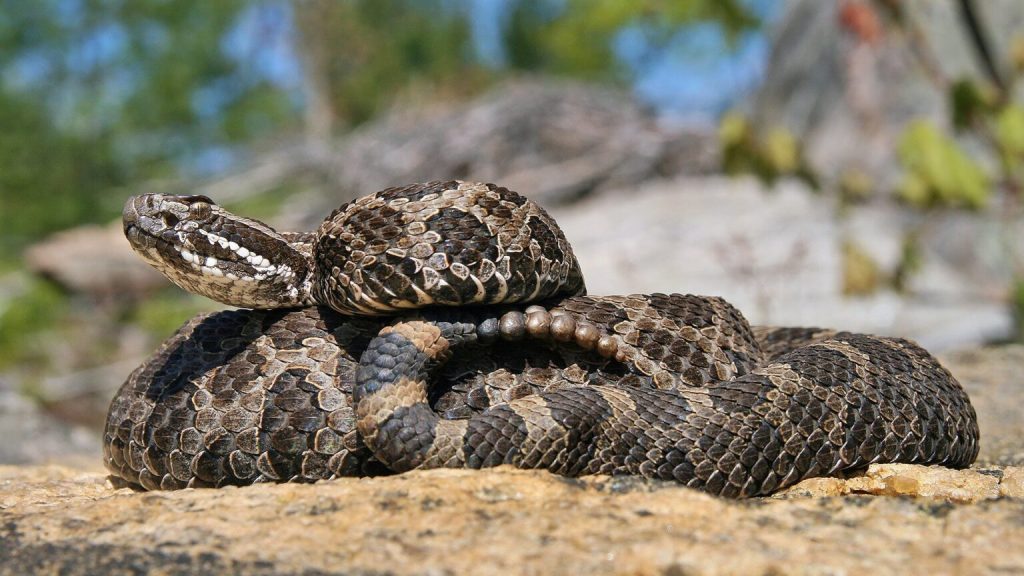
Why Choose a Rattlesnake?
Rattlesnakes are not pets for everyone. They are best suited for advanced reptile keepers who have the knowledge, experience, and resources to care for a venomous animal. These snakes are captivating to observe and offer a unique opportunity to learn about one of nature’s most efficient predators. However, their care comes with significant risks and responsibilities.
For those who are prepared, rattlesnakes can be a rewarding addition to a reptile collection. Their striking appearance, fascinating behaviors, and long lifespan (15-25 years) make them a compelling choice for dedicated enthusiasts.
Handling and Temperament
Rattlesnakes are not handleable pets. Unlike non-venomous snakes, such as ball pythons or corn snakes, rattlesnakes are highly defensive and rely on their venom as a primary means of protection. Handling a rattlesnake is dangerous and should only be done by trained professionals using specialized tools like snake hooks and tongs.
Behavior and Defensive Mechanisms
Rattlesnakes are generally shy and prefer to avoid confrontation. When threatened, they will first try to remain still and blend into their surroundings. If the threat persists, they will coil up, rattle their tails, and assume a defensive posture. Biting is a last resort, as venom is a precious resource used for hunting and digestion.
Key Handling Tips
- Avoid Free Handling: Never handle a rattlesnake with bare hands. Use tools like snake hooks and tongs for necessary interactions.
- Respect Their Space: Minimize handling to essential tasks like enclosure cleaning or veterinary care.
- Understand Their Warning Signs: Learn to recognize their defensive behaviors, such as rattling, coiling, and hissing.
Biting and Venom
While rattlesnake bites are rare in captivity, they can be life-threatening. Venom causes tissue damage, swelling, and necrosis, and immediate medical attention is required. Anti-venom is expensive and not always readily available, making prevention the best approach.
Care and Maintenance
Caring for a rattlesnake requires meticulous attention to detail. Their enclosure must replicate their natural habitat, and their environmental needs must be met consistently.
Enclosure Setup
- Size: A 40-50 gallon enclosure is suitable for most adult rattlesnakes. Larger species may require more space.
- Security: The enclosure must be escape-proof with a locking lid or sliding doors secured with cabinet locks.
- Substrate: Use reptile-safe substrates like aspen shavings, coconut fiber, or sand. Avoid cedar or pine, as they can be toxic.
- Climbing and Hiding: Provide branches, rocks, and multiple hides to mimic their natural environment.
Temperature and Humidity
- Temperature: Maintain a basking spot of 85-90°F and a cooler area around 75°F. Use a thermostat to regulate heat sources.
- Humidity: Most rattlesnakes thrive in moderate humidity (30-50%). Mist the enclosure as needed to maintain proper levels.
Feeding
- Diet: Rattlesnakes primarily eat rodents, such as mice or rats. Pre-killed prey is recommended to avoid injury to the snake.
- Feeding Schedule: Feed adults every 7-14 days, adjusting based on the snake’s size and metabolism.
Lighting
Rattlesnakes do not require UVB lighting if their diet is properly supplemented. However, providing a natural day-night cycle can benefit their overall well-being.

Health and Durability
Rattlesnakes are hardy animals when kept in optimal conditions, but they are sensitive to environmental changes.
Common Health Issues
- Respiratory Infections: Caused by excessive humidity or poor ventilation.
- Dehydration: Occurs if humidity levels are too low.
- Parasites: Both internal and external parasites can affect their health.
Preventative Care
- Regular Monitoring: Observe your snake daily for signs of illness, such as lethargy, wheezing, or changes in appetite.
- Veterinary Care: Find a qualified exotic veterinarian experienced with venomous reptiles.
With proper care, rattlesnakes can live 15-25 years in captivity, making them a long-term commitment.
Availability and Cost
Rattlesnakes are not as readily available as other pet snakes due to their venomous nature.
Where to Buy
- Breeders: Captive-bred rattlesnakes are preferred, as they are healthier and less stressed than wild-caught individuals.
- Reptile Expos: These events often feature venomous reptiles, but buyers must provide proof of experience and permits.
- Pet Stores: Rarely sold in pet stores due to legal restrictions.
Cost
- Snake Price: $20 to $1,000+, depending on the species and morph.
- Setup Cost: $200 to $500 for an enclosure, heating, and other essentials.
- Emergency Costs: Anti-venom and medical treatment can cost tens of thousands of dollars.
Pros and Cons
Pros
- Fascinating to observe and study.
- Hardy and long-lived with proper care.
- Unique addition to a reptile collection.
Cons
- High risk of serious injury or death from bites.
- Requires permits and expertise to own.
- Expensive emergency medical costs.
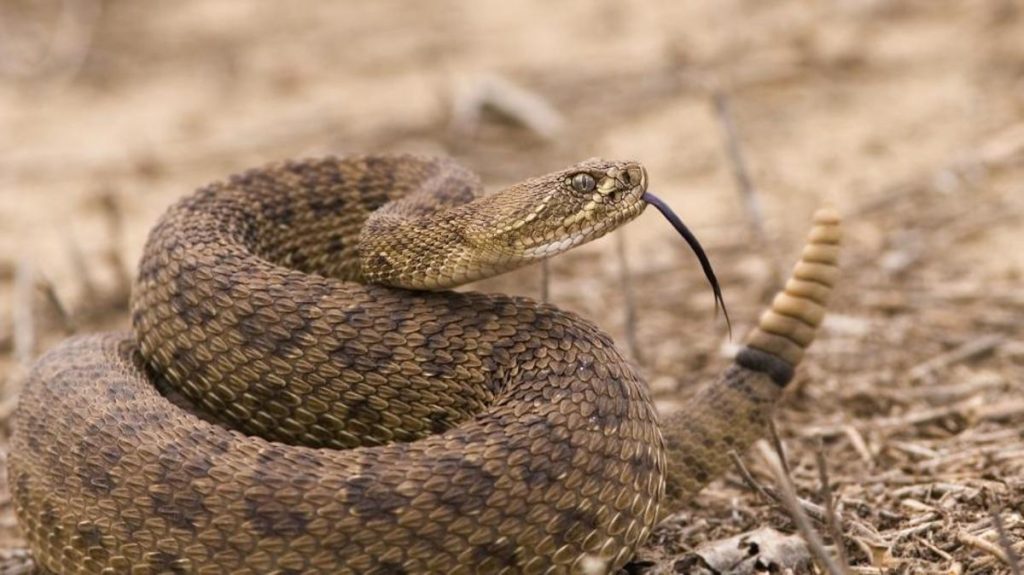
Final Thoughts
Rattlesnakes are incredible animals that command respect and admiration. However, they are not suitable for most pet owners. Their care requires advanced knowledge, specialized equipment, and a deep understanding of their behavior and needs.
For experienced reptile keepers, rattlesnakes can be a rewarding and educational pet. However, for the average enthusiast, there are many other non-venomous snakes that offer similar appeal without the associated risks.
If you’re considering a rattlesnake, we strongly recommend consulting with experts, obtaining the necessary permits, and thoroughly researching their care requirements. These snakes are a privilege to keep, and their well-being should always be the top priority.
Have you ever encountered a rattlesnake in the wild or kept one as a pet? Share your experiences and tips in the comments below! We’d love to hear your stories and insights.
For more reptile care tips and reviews, stay tuned to our blog and don’t forget to subscribe to our newsletter! 🐍

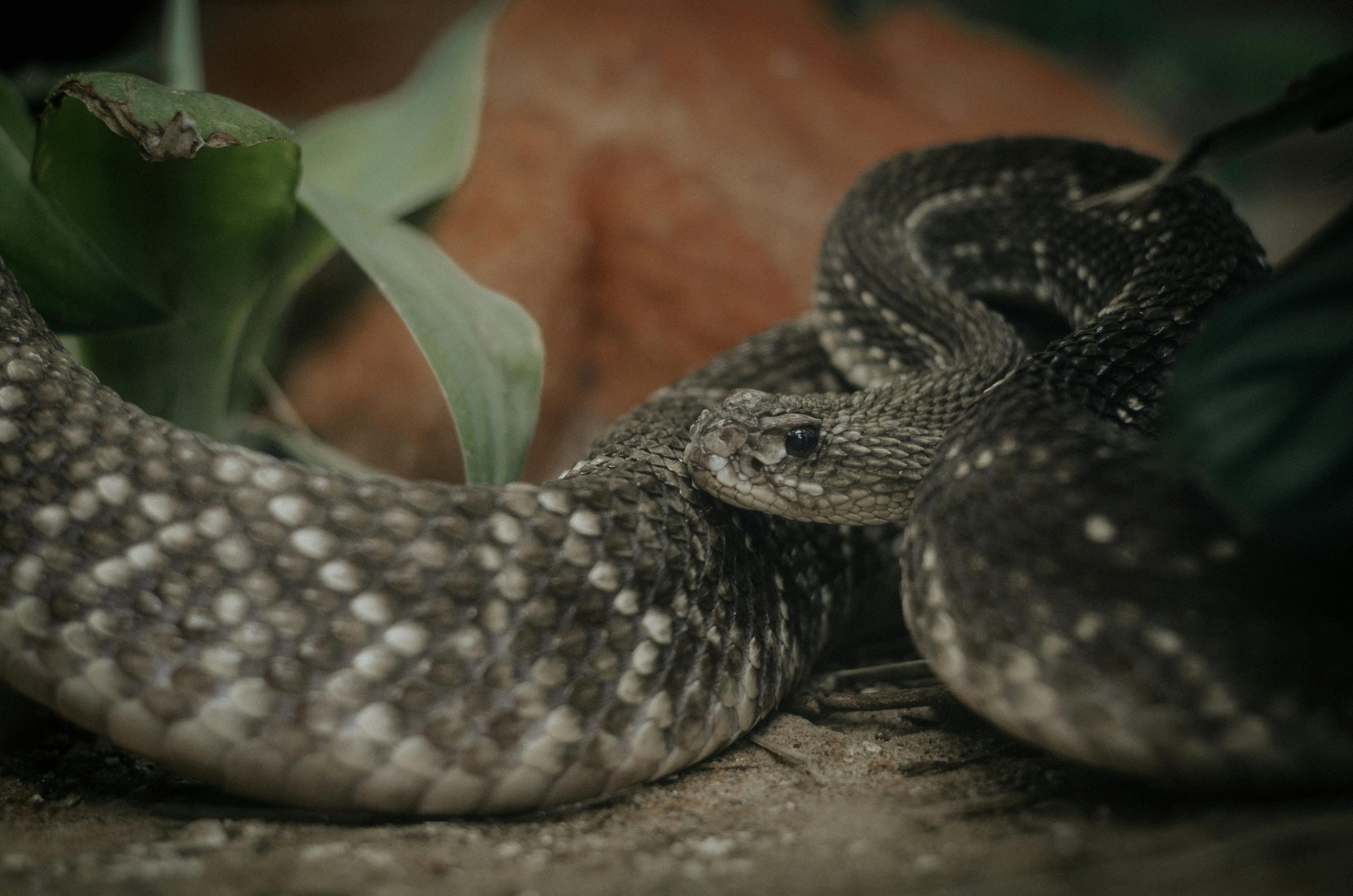

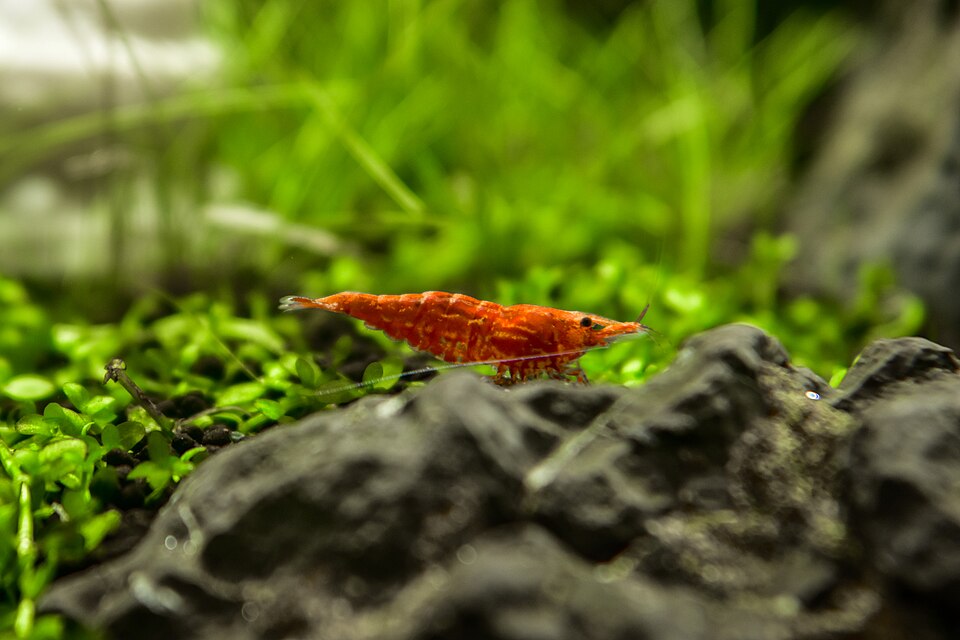

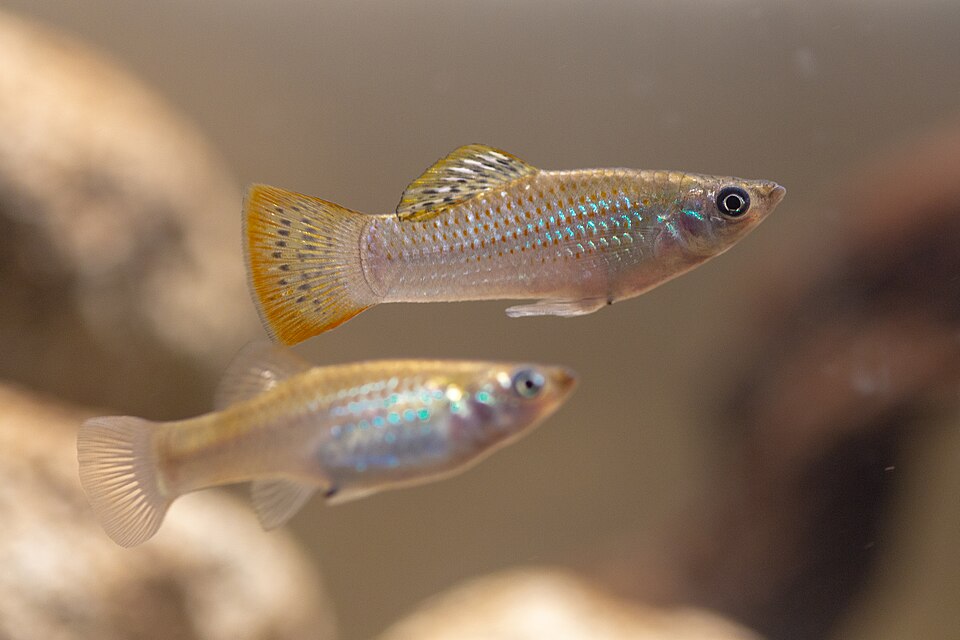
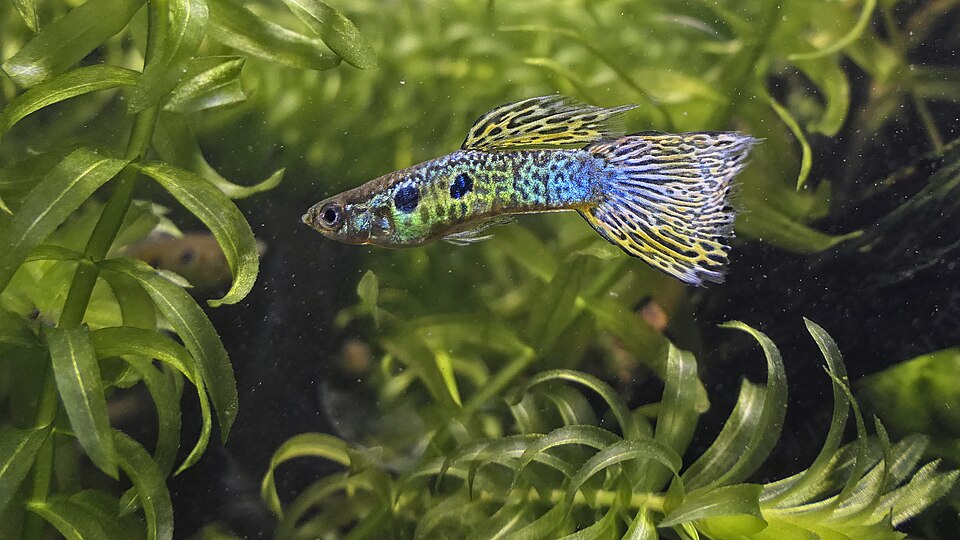
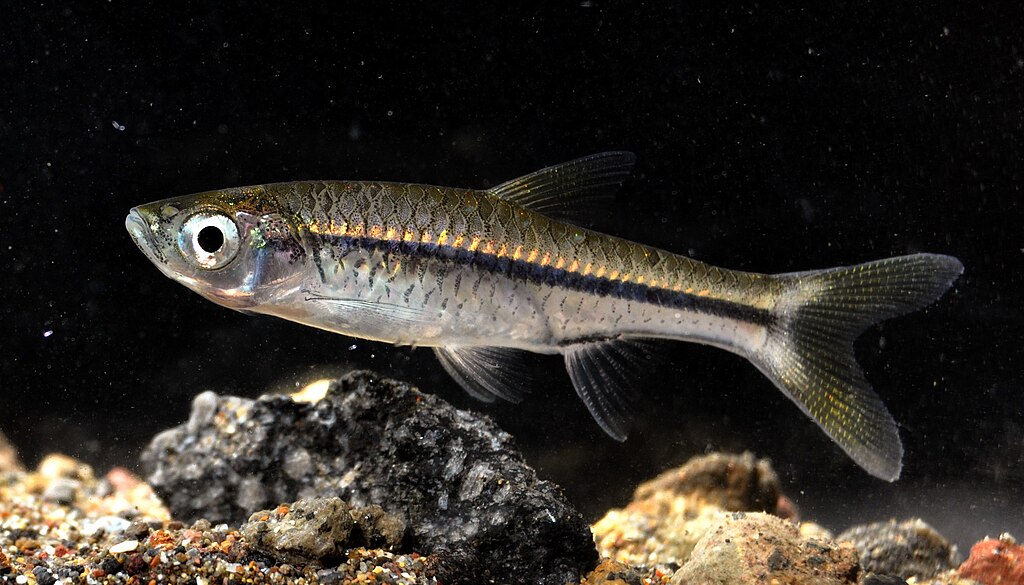
Leave a Reply